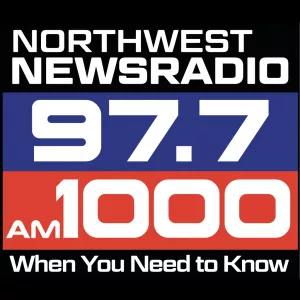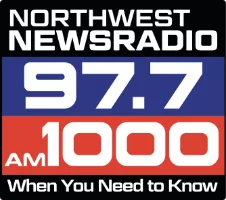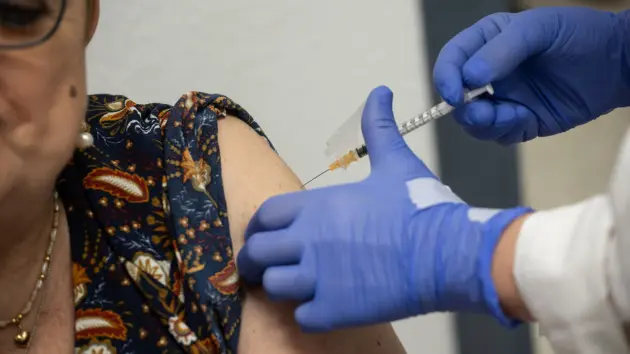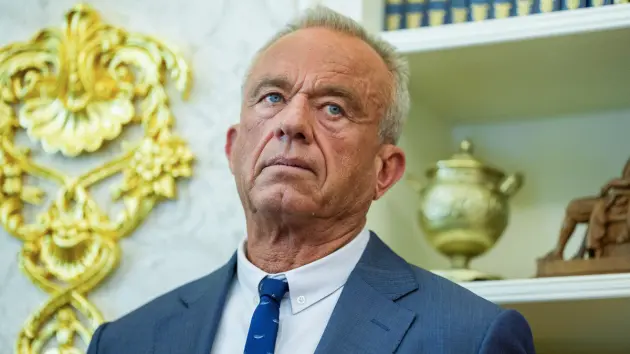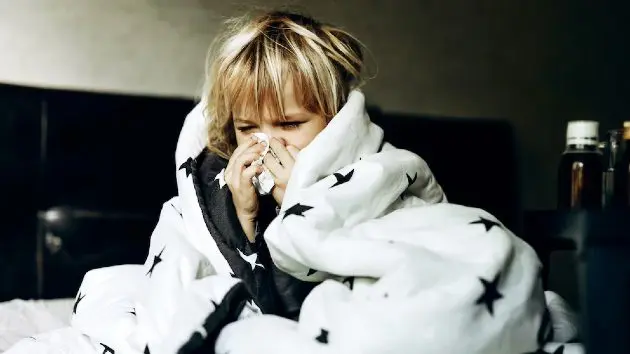Nicole Hallingstad credits her cat, Rudy, with finding her breast cancer.
Despite an unremarkable mammogram screening just seven months earlier, the 42-year-old knew something was wrong when Rudy kept pawing at something on the right side of her chest.
Hallingstad had another mammogram, which this time found a golf-ball-sized tumor in her breast that she said was from a fast-growing form of breast cancer.
After surgery, she needed both radiation and chemotherapy – but neither were available where she lived.
Hallingstad faced a difficult decision. Her options were to travel more than 1,000 miles once a month for chemotherapy and then relocate for six weeks of radiation treatment, or move to another state where she could get chemotherapy and radiation in one place. Hallingstad chose the latter.
“I was very fortunate that I was able to take the option to move and continue working and receive the care I needed,” Hallingstad told ABC News. “But that is a choice that is unsustainable for far too many Native women, and frankly, uncertain.”
Why was cancer care so inaccessible for Hallingstad? Because she lived in Alaska.
Hallingstad, a member of the Tlingit and Haida Native Indian Tribes of Alaska, faced profound barriers to breast cancer care that are shared by many American Indian and Alaska Native (AI/AN) women. These barriers have contributed to growing disparities over the last three decades.
“It’s often really difficult to get to a qualified health care center that is close to the rural areas where so many of our people live,” Hallingstad said. “And transportation is not readily available for many people to get the trip to the center, to get their screening to even have access to the kind of machinery that is needed for this important treatment work.”
A recent report by the American Cancer Society (ACS) showed that the rate of breast cancer deaths among U.S. women has decreased by 44% from 1989 to 2022. But that progress has not held true for all women, including AI/AN women, whose death rates have remained unchanged during that same time.
While AI/AN women have a 10% lower incidence of breast cancer than white women, they have a 6% higher mortality rate, according to the ACS.
The ACS also found that only about half of AI/AN women over 40 years old surveyed for the report said they’d had a mammogram in the last two years, compared to 68% of white women. That lack of timely screenings increased the risk of discovering cancer in more advanced stages, which in turn could result in higher death rates.
“This is a population for which we are very concerned,” Karen Knudsen, CEO of the American Cancer Society, told ABC News. “Given the mammography rates [of AI/AN women] that we’re actually seeing, which are well behind other women across the country.
Knudsen emphasized the need to “create that additional awareness about the importance of getting screened for breast cancer early because of the link to improved outcomes,” especially in Indigenous communities.
There are also cultural barriers to cancer care and awareness. “Culturally, we don’t often speak about very deep illness, because we don’t want to give it life,” Hallingstad said.
That fear, not necessarily shared by all Indigenous communities, is a common reason people from any background may choose not to discuss cancer risk, or to seek help if they think they have a serious health problem.
Melissa Buffalo, an enrolled member of the Meskwaki Nation of Iowa, is the CEO of the American Indian Cancer Foundation, where she works alongside Hallingstad. Her organization recently received a grant to study the knowledge and beliefs surrounding cancer and clinical trials among Indigenous people in Minnesota. Buffalo said she hopes to “create resources and tools that are culturally relevant, culturally tailored, so that we can help to build trust within these healthcare systems.”
Advocates like Buffalo and organizations like the ACS are also creating toolkits to help existing systems increase their outreach to AI/AN women. However, “there is not a ‘one size fits all’ approach to everything,” Dr. Melissa Simon, an OB/GYN at Northwestern University and founder of the Chicago Cancer Health Equity Collaborative, told ABC News.
“We have to also acknowledge that the patient has some variation too, just like the cancer itself. To treat it has some variation,” Simon said.
“We have to talk about it,” Hallingstad said about breast cancer in the Indigenous community. “We need to understand treatment options. We need to bring care facilities closer and we need to make sure our populations are being screened and are following treatment.”
Jade A. Cobern, MD, MPH is a physician board-certified in pediatrics and preventive medicine and a medical fellow of the ABC News Medical Unit.
Sejal Parekh, M.D., is a board-certified, practicing pediatrician and a member of the ABC News Medical Unit.
Copyright © 2024, ABC Audio. All rights reserved.

